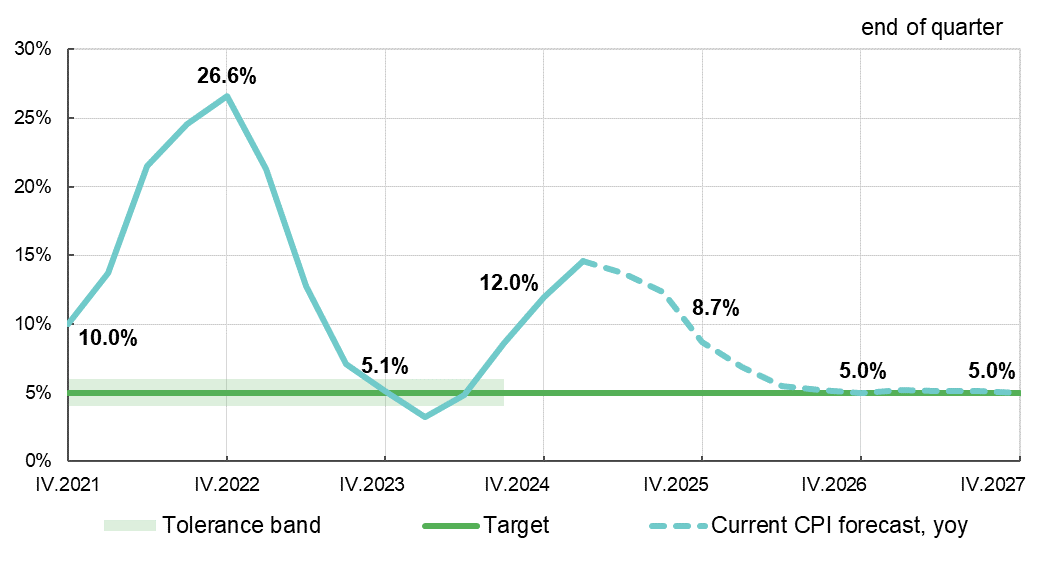Comments on inflation
Press release


- Monetary Policy
- Financial Stability
-
Supervision
Supervision
-
Payments and Settlements
Payments and Settlements
- Financial Markets
- Statistics
- Hryvnia
- News
- About
- Consumer protection
- Monetary Policy
- Financial Stability
-
Supervision
- Banking Supervision
- Bank Licensing
- Licensing Nonbank Institutions
- Authorization of payment market participants
- Supervision over Nonbank Financial Services Market
- Nonbank Financial Services Market
- Reorganization, termination and liquidation
- Financial Monitoring
- SupTech and RegTech Implementation
- SandBox
- Payments and Settlements
- Financial Markets
- Statistics
- Hryvnia
- News
Monetary Policy
We care about the welfare of Ukraine and Ukrainians by ensuring price and financial stability as a guarantee of sustainable economic growth












